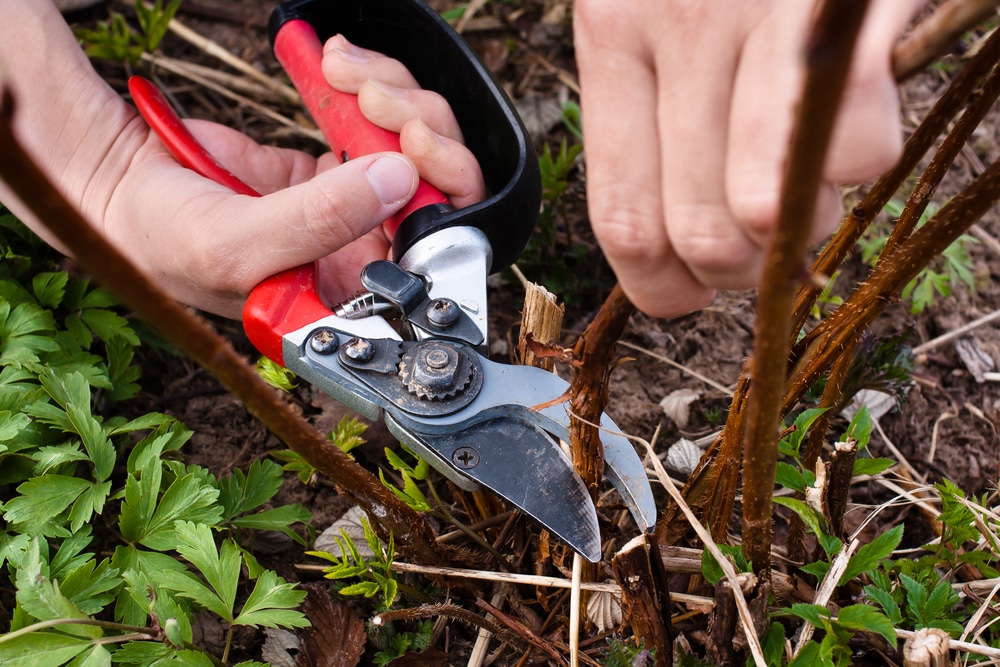
Plant SelectionĪlthough it is a fairly common practice to share raspberries plants with neighbors, it is best to avoid this to prevent the spread of plant viruses and soil-borne diseases. For these locations, it is important to select cultivars with good cold hardiness, as winter injury to the canes will result in crop loss. For higher elevations with colder climates, the growing season is typically too short for fall-bearing types, so summer-bearing raspberries are better adapted. Along the Wasatch Front and in Utah’s Dixie, fall-bearing raspberries tend to be better adapted, as the fruit ripens after the hottest part of the summer is over, thus avoiding fruit sunburn. Raspberries are self-fruitful and are pollinated by insects or wind. Primocane-fruiting types require somewhat different management than the summer-bearing (floricane-fruiting) types that will be discussed below.Ĭultivated raspberries can have red, black, yellow or purple fruit color. These primocane-fruiters are also referred to as fall-bearing, ever-bearing or doublecropping. The remaining lower portion of the cane still has the potential to produce a floricane crop during the following season. Typically, the buds in the top third to top half of the cane produce flowers and fruit before the plants go dormant for the winter.

For these “primocane-fruiting” types, the primocane ceases growth in mid-summer, with lateral buds opening to form fruiting side shoots, beginning at the tip and progressing down the cane. Some cultivars will produce flowers and fruit on the upper portion of the primocanes (first year canes) in the fall. In this way, the planting may produce fruit every year.

While the floricanes are producing fruit, primocanes are developing and will become the next year’s fruiting floricanes. A first-year cane is called a primocane, and the second-year cane is called a floricane. After producing fruit, the second-year canes die. Second-year canes do not grow taller, but grow short lateral branches containing several leaves and a terminal flower cluster that leads to fruit formation. New canes emerge from the roots in the early spring and continue growth throughout the summer. This means that an individual cane typically lives only 2 years and then dies. Raspberry plants have a perennial root system. This fact sheet will provide a general guide to raspberry production that can be adapted for both home use and for small-scale commercial production. With proper planning, management and care, a raspberry planting can provide fresh fruit for many years. The plants can be grown across much of Utah, but require special care in some areas.

Raspberries are a favorite fruit for many Utahns.


 0 kommentar(er)
0 kommentar(er)
